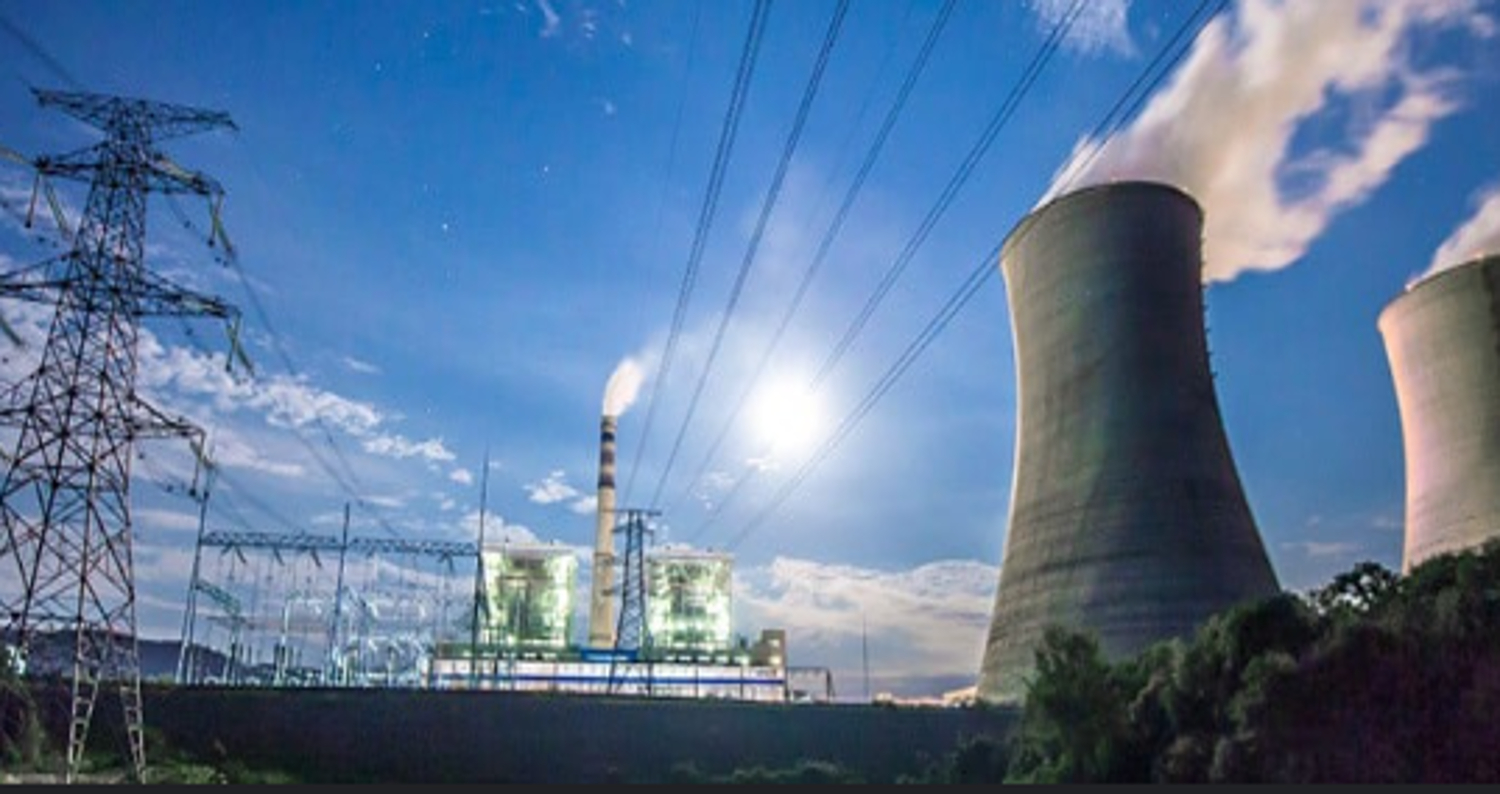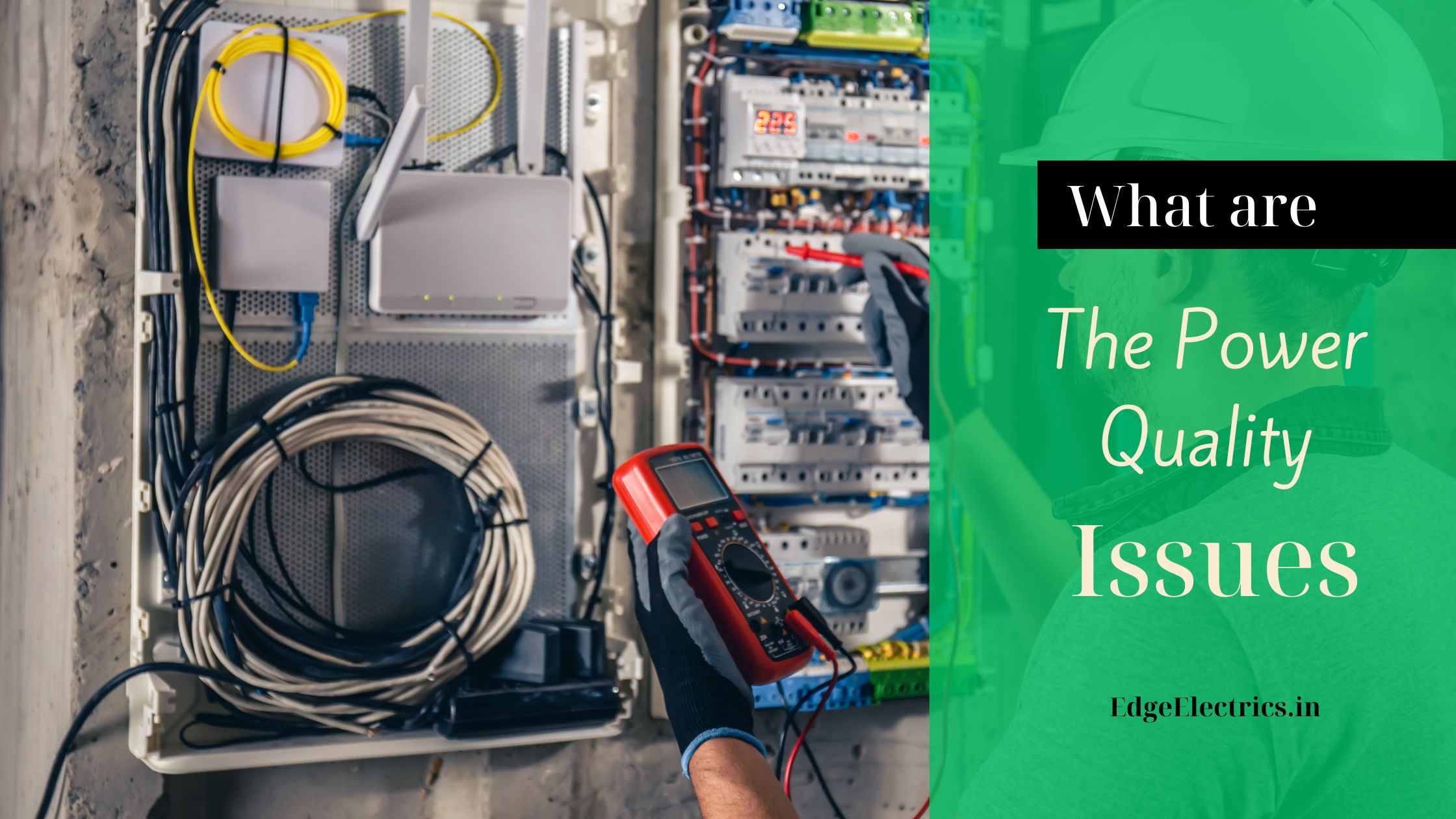
Power quality is a vital aspect of electrical systems that influences the performance and efficiency of electrical equipment. Poor power quality can result in operational issues, equipment failure, and increased costs. Hence, it is important to know how to determine power quality to make sure a reliable and efficient electrical system. This article will provide a comprehensive guide on how to assess power quality effectively.
Understanding Power Quality
To understand what power quality encompasses is crucial before diving into how to determine power quality. Power quality refers to the characteristics of the electrical power supplied to equipment, including voltage, current, frequency, and waveform integrity. Key factors that impact power quality include:
- Voltage levels: Should remain within specified limits to prevent equipment damage.
- Frequency: Typically 50 Hz or 60 Hz, deviations can influence equipment performance.
- Harmonics: Distortions in the electrical waveform that can lead to overheating and inefficiency.
- Transients: Sudden spikes in voltage that can damage sensitive equipment.
Steps to Determine Power Quality
1. Identify Power Quality Parameters
To determine power quality, you must first identify the critical parameters to assess:
- Voltage sags and swells: Short-term reductions or increases in voltage can impact equipment performance.
- Harmonic distortion: High levels of harmonics can cause inefficiencies and overheating in electrical components.
- Frequency variations: Deviations from the standard frequency can affect the operation of synchronous machines.
- Power factor: This indicates the efficiency of power usage in the system.
- Flicker: Rapid changes in voltage can cause noticeable light intensity fluctuations, affecting the working environment.
2. Use Power Quality Analyzers
Power quality analyzers are specialized tools designed to measure various power quality parameters. Here’s how to use them:
- Installation: Connect the analyzer to the electrical system at critical points (e.g., service entrance, load panels) to get an accurate representation of power quality.
- Data collection: Configure the analyzer to monitor voltage, current, harmonics, and power factor over a specified period.
- Analysis: After data collection, analyze the results to identify any power quality issues. Look for patterns or anomalies that indicate problems.
3. Monitor Using Oscilloscopes
Oscilloscopes can be valuable for visualizing voltage and current waveforms. Here’s how to use them effectively:
- Connection: Attach the oscilloscope probes to the circuit where power quality needs to be evaluated.
- Observation: Observe the waveform shapes for abnormalities such as spikes, sags, or distortions.
- Capture events: Use the triggering features to capture transient events for detailed analysis.
4. Implement Data Logging
Data logging allows for continuous monitoring of power quality parameters over time. Here’s how to set it up:
- Select data loggers: Choose data loggers capable of measuring the desired power quality parameters.
- Installation: Install the data loggers at strategic points in the electrical system.
- Review data: Regularly review the logged data to identify trends, spikes, or persistent issues that need addressing.
5. Analyze Harmonics and Power Factor
Harmonics and power factor are crucial indicators of power quality. To analyze them:
- Harmonic analysis: Use specialized software or hardware to measure harmonic distortion in the system. Look for Total Harmonic Distortion (THD) percentages and compare them against industry standards.
- Power factor assessment: Calculate the power factor using real power and apparent power measurements. A low power factor indicates inefficiency and may need correction.
6. Conduct a Comprehensive Assessment
Once you’ve gathered data and analyzed key parameters, run a comprehensive assessment of the power quality in your system:
- Compare against standards: Use industry standards as benchmarks to estimate the power quality findings.
- Identify issues: Look for deviations from acceptable limits and pinpoint specific areas of concern.
- Recommend solutions: Based on assessment, recommend corrective actions, such as installing filters, upgrading equipment, or improving grounding practices.
Conclusion
Determining power quality is important for ensuring the efficient and reliable operation of electrical systems. By following the steps outlined in this guide identifying key parameters, using power quality analyzers, monitoring with oscilloscopes, implementing data logging, and conducting comprehensive assessments—you can effectively evaluate power quality and address any issues that may arise. Proactive management of power quality not only protects equipment but also enhances overall operational efficiency, leading to cost savings and improved productivity.
continue reading
Related Posts
Power Quality Disturbances are voltage sags, swells, spikes, fluctuation and […]
Maintaining Good Power Quality includes several important characteristics such as […]
Ensuring good power quality is crucial in electrical systems. As […]



